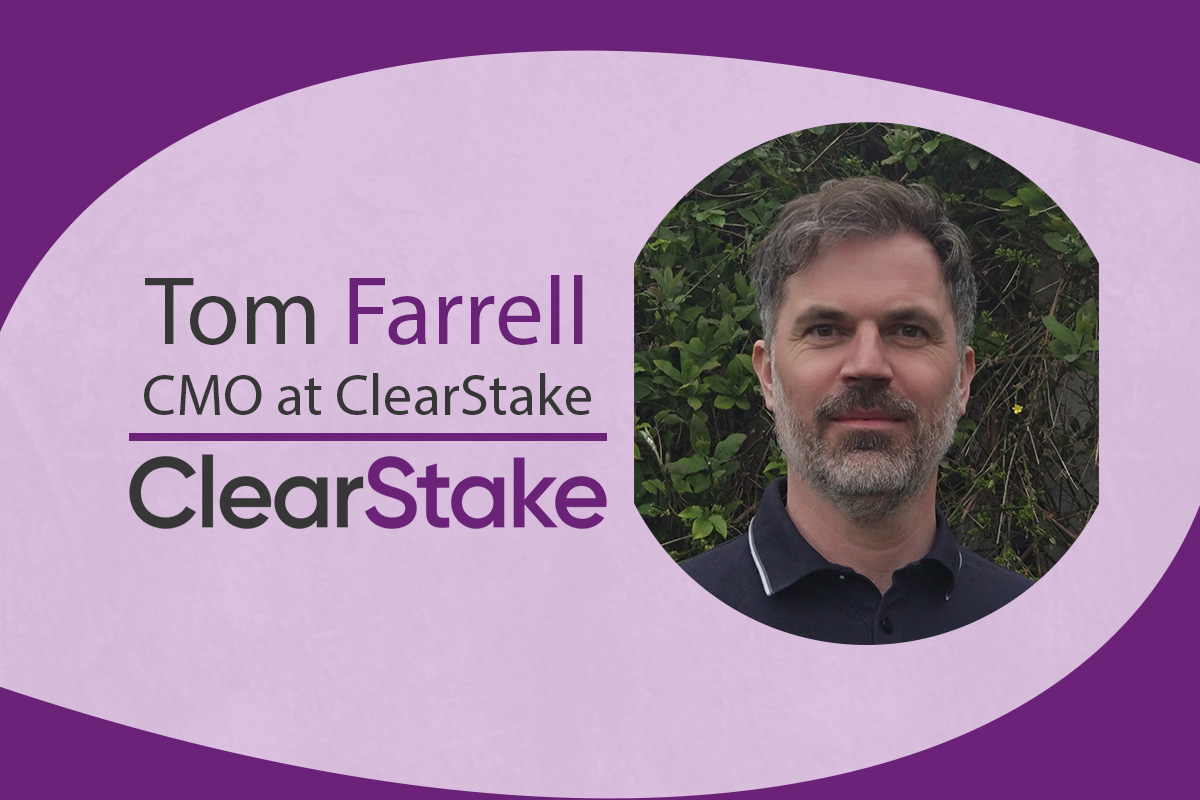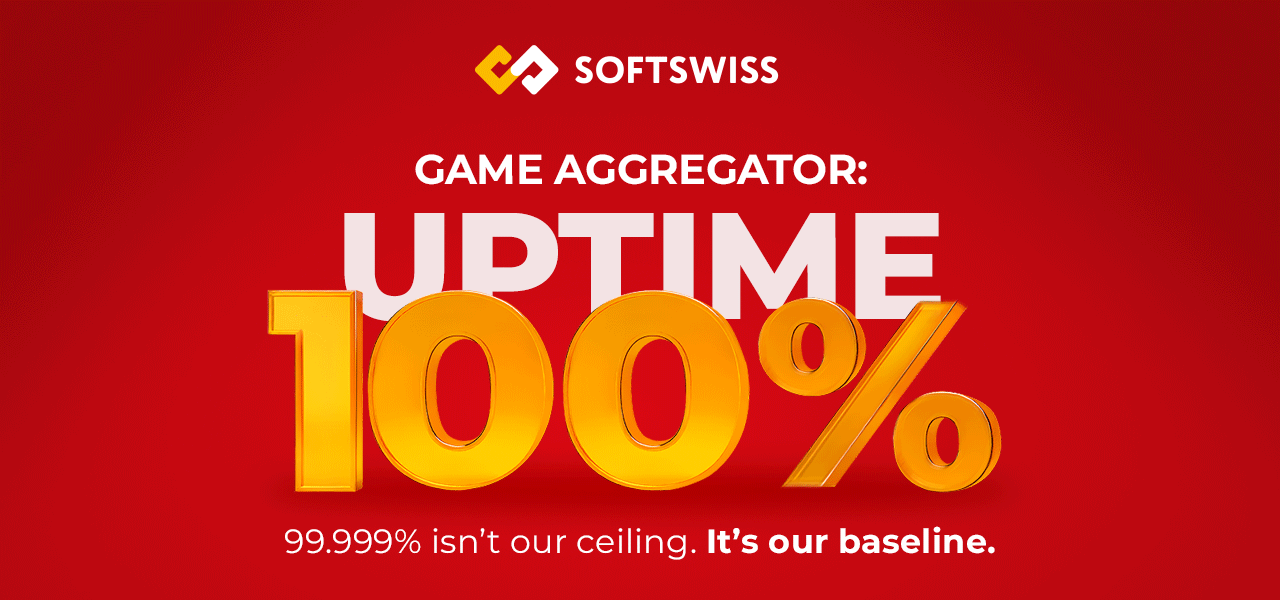Interviews
Exclusive Q&A w/ Tom Farrell, CMO at ClearStake

Enhanced due diligence (EDD) checks are a crucial part of the gambling ecosystem, but have recently been touted as a reason for a drop in revenue with major operators. How is modern technology, such as ClearStake, helping to reduce high churn rates when compared with slower, traditional financial risk checks?
The issue with financial risk checks is straightforward: they tend to mean operators losing large volumes of players, as tedious and slow processes require them to send physical bank statements to operators in order to verify they have the funds to stake at a certain level, and that those funds come from a legitimate source. And this negative view of EDD checks is probably justified as an estimated 85% of players drop off when asked to provide evidence of their financial health.
ClearStake’s Open Banking technology offers fast, accurate financial risk checks in just three clicks, and presents operators with a decision in less than a minute. That means players can seamlessly pass through checks and are free to spend again quickly. That makes a huge difference. One of our clients recently reported a 160% increase in customers completing EDD checks when using ClearStake, which represents a sizable reduction in the number of players lost, either to competitors, or worse, illegal operators.
Printing off bank statements and other traditional methods of financial risk checks don’t just take up customers’ time, it often demands significant staff resources too. How does the ClearStake process work and what have customers’ early results revealed about the benefits of a simpler, more streamlined offering?
With ClearStake, players click a link and they are taken to a simple process where they press a couple of buttons and the relevant financial data is shared securely. Importantly, they remain in control of their data and they can revoke permission at any time.
Our software categorises each transaction and calculates what matters to the operator in a fully customisable way. It could be disposable income, net gambling spend, total income, or current balance on the account. It can also evaluate the rate of change, so operators can see accelerating gambling spend or consistently declining savings, and work out if the player’s gambling activity is still within the safe bounds of their current financial position.
One client reported a 60% reduction in staff time used to assess a customer’s affordability and financial situation, which they attributed to increased trust in their decision, the ability to make more nuanced decisions with confidence, and the fact that ultimately the tech was doing a huge amount of the work for them.
The balance operators seek to strike is maximising revenues while minimising harm. How can this be achieved?
It’s essential to strike this balance for operators and up until now, financial risk checks have spelled disaster for revenues, with a huge proportion of players churning. In addition, operators have previously been forced to take a more black-and-white approach to affordability checks, due to time constraints or data available. That is no longer the case: one of our clients recently noted that the extra information provided by ClearStake makes it easier to assess customer risk and trust the decision is the right one.
We already know that with our software, a significant proportion of customers are completing EDD checks, but we’ve also seen a 500% increase in the number of spend limit increases (when a customer themselves asks to amend a flat spend limit)  that can be approved, due to the easy-to-use, seamless way the tech works.
The Gambling Commission has recently claimed that affordability checks will be frictionless. What is your response to this and what is a more realistic expectation?
It is difficult to imagine how truly frictionless affordability check can fully protect those who are at risk. The word frictionless suggests that the players do not know they are happening or simply give permission with the click of one button ‚Äď both seem unrealistic.
Open Banking, however, has now entered the conversation after initially being left out of the equation. Andrew Rhodes, CEO of the UK Gambling Commission, recently suggested that these affordability checks should be conducted by a credit reference agency or Open Banking.
ClearStake represents an alternative that we believe is as close to frictionless as can be reasonably possible, while still protecting players, having the trust of compliance officers and quickly delivering a recommendation to operators. We’ve seen that our technology is not a deterrent to players, in the way traditional checks have been, but we are also confident that ClearStake can deliver a thoroughly informed decision in less than a minute and takes into account all the necessary data.
-

 Africa7 days ago
Africa7 days agoPlay’n GO takes games portfolio live with the Goldrush Group in South Africa
-

 eSports6 days ago
eSports6 days agoEsports World Cup 2025 Unveils Official Song of the Year and Full Opening Ceremony Line-up
-

 Africa6 days ago
Africa6 days agoDRC Signs MoU for Public-Private Partnership with Burundi’s East African General Trade Company
-

 Asia6 days ago
Asia6 days agoLGUs, state university get Php20-M emergency vehicles from PAGCOR
-

 Africa6 days ago
Africa6 days agoSpringbok Casino Unveils ‚ÄúKrugerassic Park‚ÄĚ Featuring Dino-Wilds to Celebrate Jurassic World: Rebirth Sequel ‚Äď Plus 25 Free Spins on T-Rex 2 slot
-

 Latest News7 days ago
Latest News7 days agoPG Soft serves up Diner Frenzy Spins
-

 Africa7 days ago
Africa7 days agoALA Hosted Seminar on Artificial Intelligence and Cybersecurity
-

 Latest News7 days ago
Latest News7 days agoJuicy Wins, Crystal Clear: ELA Games Releases New Luxury Title

































